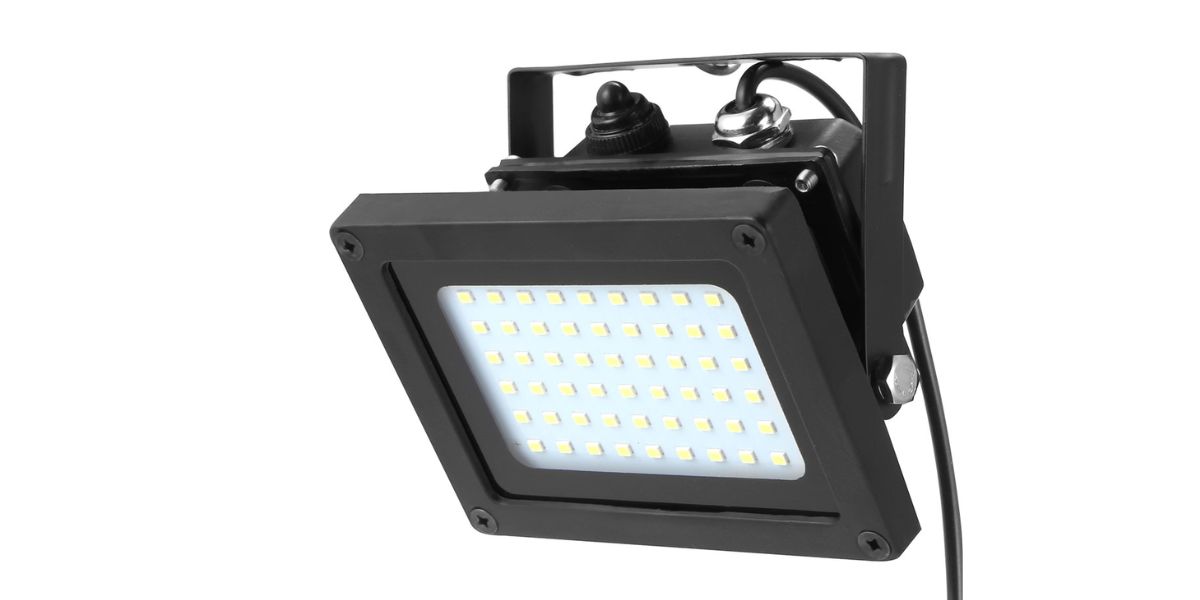Flood lights are a type of artificial light that is used to illuminate a wide area. They may “flood” an area with light or offer focal illumination on a particular region, depending on how they are built hence the name flood light. They are a smart cost-saving LED upgrade since they save on energy costs and need less care and maintenance. They also come in a great range of designs and may serve a number of different functions.
In this blog post, you will get to know all about flood lights, how they work, and their different types. Read on till the end to know more about these lights. Skim through!
What are flood lights?
Flood lights are large, bright lights that are typically used to illuminate outdoor areas. They typically have a very wide beam angle, which means that they can cover a large area with light. This makes them ideal for lighting up large spaces like parking lots and sports fields. These lights have a significant size and are immensely bright that it is specifically used in the nighttime to give a daylight effect.
How do flood lights work?
These lights are made up of a simple structure and are not very complicated from a working point of view. Flood lights work by using a reflector to direct the light in a certain direction. The reflector is usually made of metal or plastic. The light bulb is placed in the reflector so that the light is focused in one direction. There are several options open for the customer to meet specific needs which are different wattage levels, beam spread, lumen output, mounting options, and sensor controls.
Different types of flood lights
There are three main types of flood lights: halogen, LED floodlights, and incandescent.
Halogen flood lights: Halogen floodlights use halogen bulbs, which are very bright but also very energy-intensive.
LED floodlights: LED floodlights use LED bulbs, that use diodes that emit light when an electric current is passed through them. These are not quite as bright as halogen bulbs but are much more energy-efficient. As a result, LED floodlights are becoming increasingly popular as an alternative to halogen floodlights.
Incandescent flood lights: Incandescent flood lights use a filament that is heated by an electric current to produce light.
Where are these floodlights used?
- sports fields
- vast outdoor areas and parks
- on top of the buildings
- on poles
- parking lots
- commercial and retail markets
- schools
- loading docks
- backyards
Some benefits of flood lights
When it comes to outdoor lighting, flood lights are a popular choice for several reasons. Not only do they provide a bright and comprehensive light coverage, but they can also be easily directed to specific areas or objects. This makes them a versatile option for security and safety purposes, as well as for providing illumination for outdoor events or activities. Another benefit of flood lights is their durability; they are designed to withstand changing weather conditions and are typically made with shatterproof materials. And with new technologies such as motion sensors and dimming features, modern flood lights offer added convenience and energy efficiency. Overall, flood lights can be a valuable addition to any outdoor lighting setup.
Final verdict
Floodlights are a versatile lighting option that can be used for a variety of different applications. Whether you need to light up a parking lot or illuminate a construction site, floodlights are an excellent choice. If you’re looking for an energy-efficient option, LED floodlights are the way to go because they will offer you a ton of benefits.
